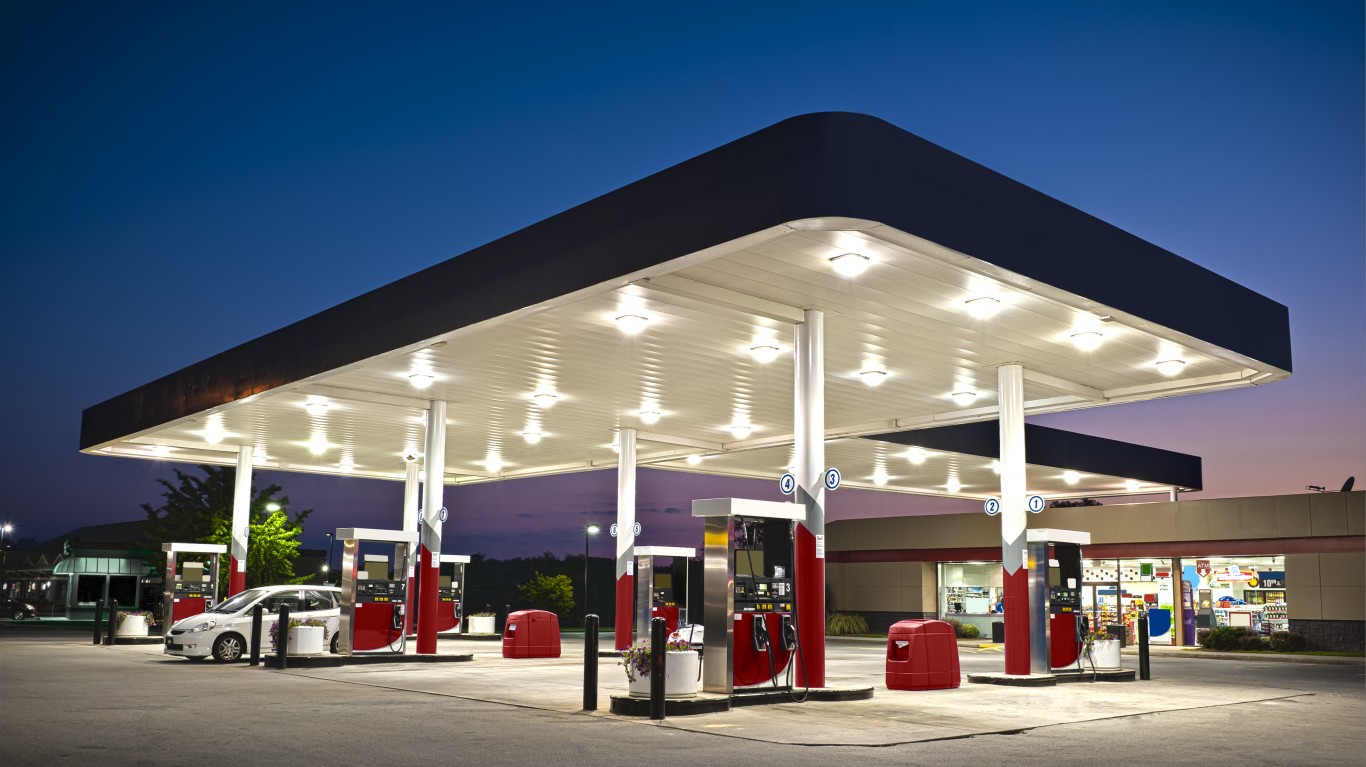
Drivers of gasoline-powered cars and trucks just got more bad news about the price of oil, the primary driver of gas prices. The Organization of the Petroleum Exporting Countries (OPEC) and Russia have agreed together to plan to keep oil production “steady.” The means one of the world’s major sources of crude won’t pump more, just as the world’s economy begins to emerge (in some cases quickly) from the COVID-19-induced recession. In fact, China, the world’s largest oil importer, has set its gross domestic product forecast at 6% for this year.
As the price of oil has risen, predictions that gasoline will top $3 nationwide for the average gallon of regular have grown. Recently, the carefully followed analysts at GasBuddy forecast a 70% chance per-gallon gas prices will reach $3 by Memorial Day. The company added: “The last time the national average reached the $3/gal threshold was over 2,300 days ago, on October 10, 2014, but did get close in 2018, when the national average reached $2.97 per gallon.”
Additionally, oil prices have risen an extraordinary 81% since the U.S. presidential election, taking gas prices with them. Crude oil prices, which were $36 a barrel at the end of November, have risen to $65, the highest price in a year. Gas prices also have surged. Thursday, the average price for a gallon of regular in the United States was $2.75, up from $2.46 a month ago.
The best predictor of gasoline prices is oil prices. They almost always outweigh refinery costs, transportation costs and state gas taxes.
Gas prices in some states vary from the national average for several reasons. The first is proximity to refineries. States near the huge refineries along the Gulf of Mexico tend to have the lowest prices in the country. Notably, the five states with the lowest per-gallon gas prices are Mississippi ($2.41), Texas ($2.47), Oklahoma ($2.49), Louisiana ($2.42) and South Carolina ($2.49). The transportation costs from refineries to nearby areas shaves the average price of gas down, compared with much of the rest of the nation.
Another primary factor in prices is gasoline taxes. According to the American Petroleum Institute survey of state gas taxes as of January 1, the U.S. average is $0.5523 a gallon. States with low gas taxes include Missouri ($0.3582), Mississippi ($0.3719) and New Mexico ($0.3738). The states with the highest gas taxes are California ($0.8145) and Pennsylvania ($0.7710).
Four states currently have average prices for a gallon of regular of over $3. California’s $3.70 price clearly is affected by its gas tax. In Hawaii, the price of $3.43 is affected by a relatively high gas tax at $0.6524 per gallon. However, the cost of transportation to islands that are 2,500 miles from the west coast is also a major contributor to Hawaii’s price. The price for a gallon of regular in Washington is $3.14. Its gas tax is a high $0.678 per gallon. In Nevada, the price is $3.07 a gallon.
If the GasBuddy analysis is correct, people who might drive for Memorial Day, despite COVID-19, will pay more at the pump than they did last year.
Thank you for reading! Have some feedback for us?
Contact the 24/7 Wall St. editorial team.




